-
-
-
-
Otago species
-
-
-
-
-
-
-
-
-
-
-
-
Otago stands out as one of Aotearoa New Zealand’s most diverse regions for indigenous species.
From the rare Shepherd’s beaked whale best known globally from the submarine canyons off Dunedin’s coast to a small wooly grey herb called Craspedia argentia found in only one location in Central Otago, our region’s indigenous species (animals, plants, and fungi) beautify our landscapes and make up vibrant ecosystems.
Otago is home to an incredible 358 species found nowhere else on Earth! From rare skinks and tiny freshwater fish to unique plants and insects, these species are a vital part of the region’s rich biodiversity. Sadly, many are at risk of extinction. This report explores Otago’s one-of-a-kind wildlife, their habitats, and the challenges they face.
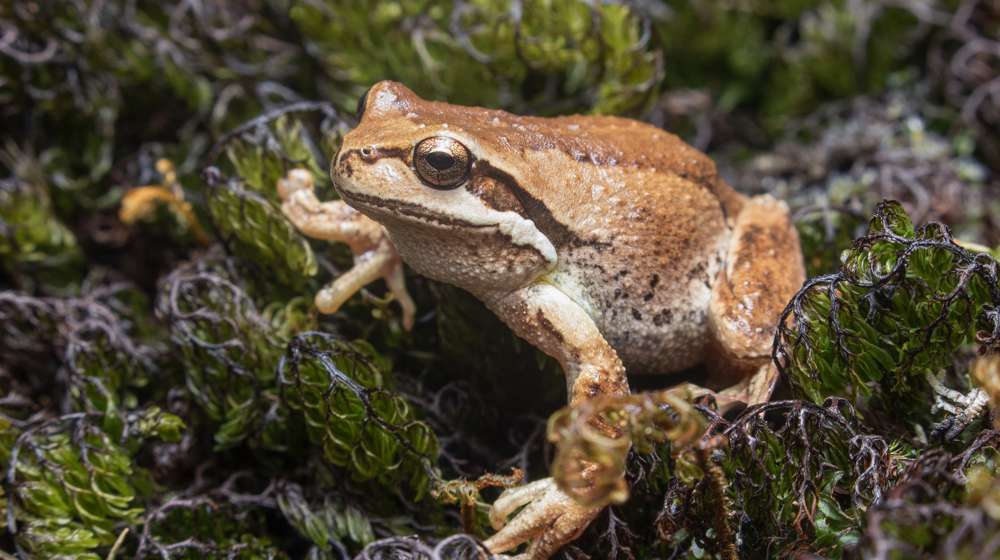
Amphibians
Amphibians are small vertebrates that need water, or a moist environment, to survive.
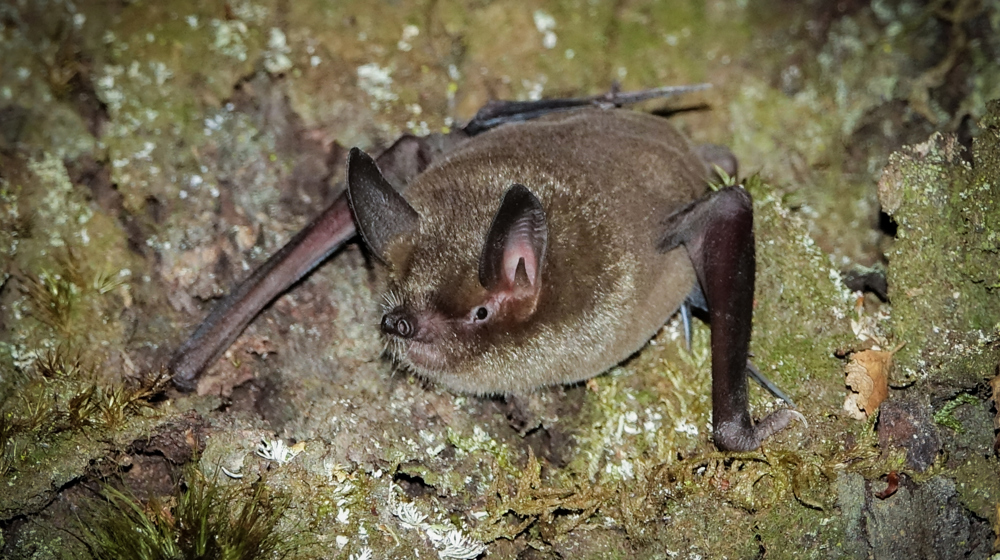
Bats
Pekapeka or bats are Aotearoa New Zealand’s only native land mammals.
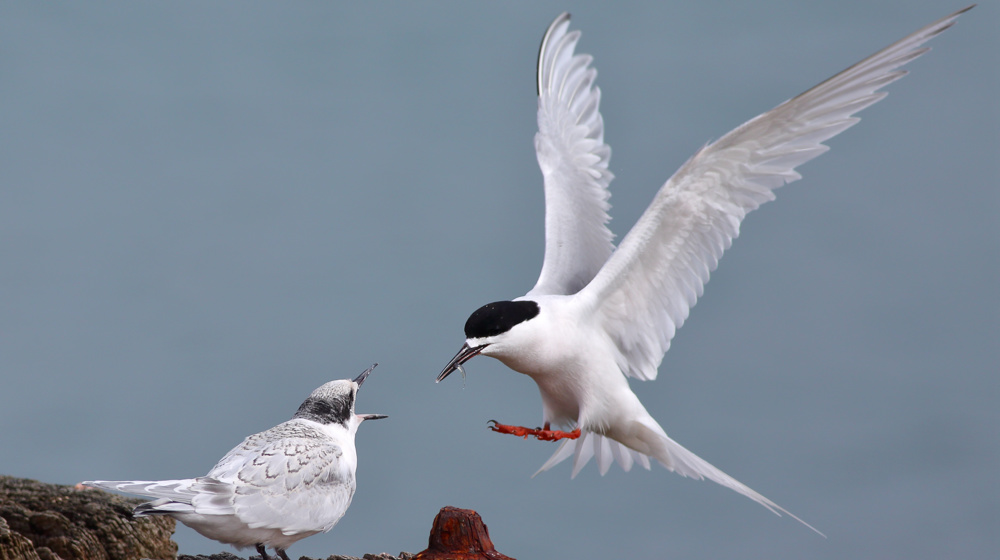
Birds
Birds are vertebrates with feathers. They have distinctive bills, produce eggs, often elaborate parental behaviour, and can have extraordinary vocal abilities.
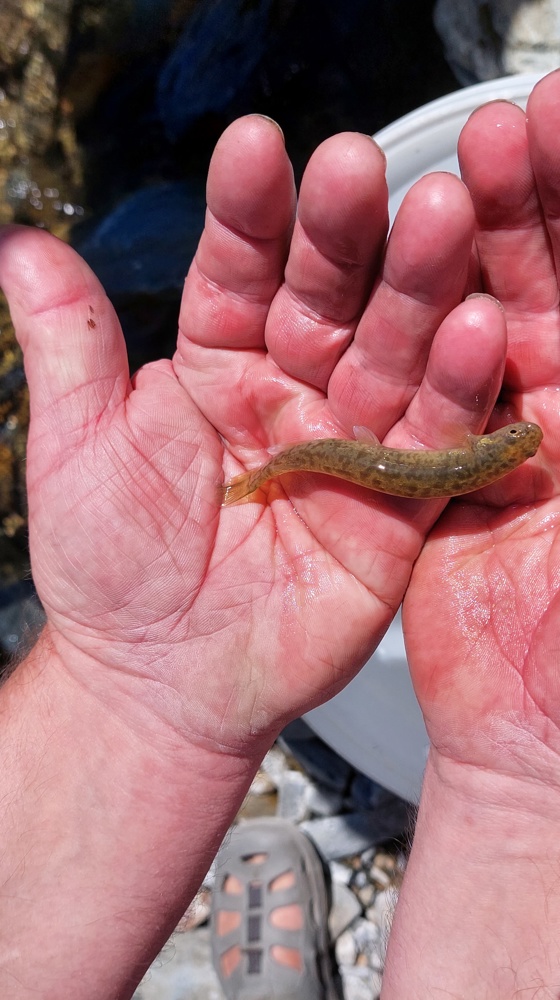
Fish
Blurb to define what fish in Otago are like. Are we focusing mainly on freshwater fish?
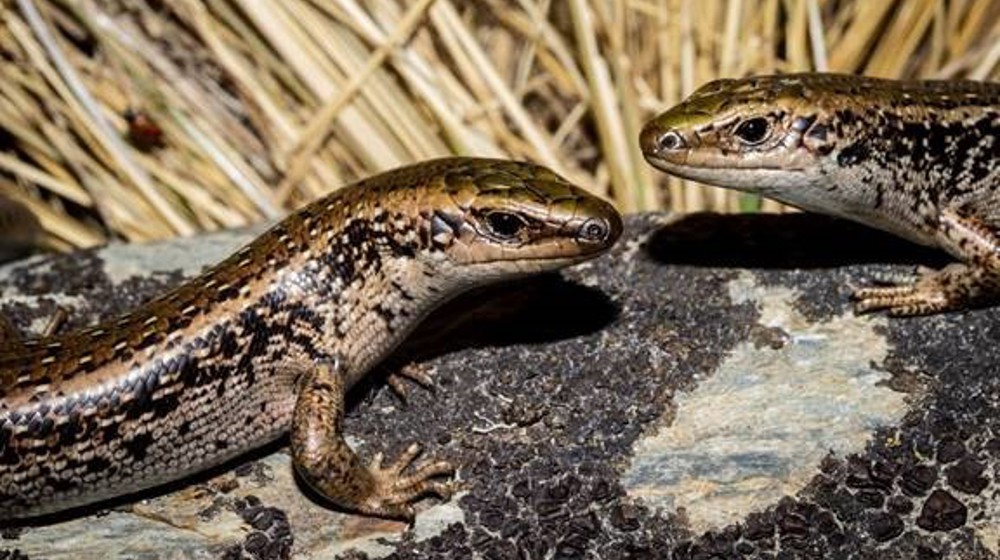
Reptiles
Reptiles are vertebrates covered in special skin made up of scales, bony plates, or a combination of both. They include tuatara, lizards, snakes, turtles, and tortoises. All regularly shed the outer layer of their skin.

Velvet worms
Peripatus or velvet worms are little-known nocturnal invertebrates of Aotearoa New Zealand’s undergrowth.
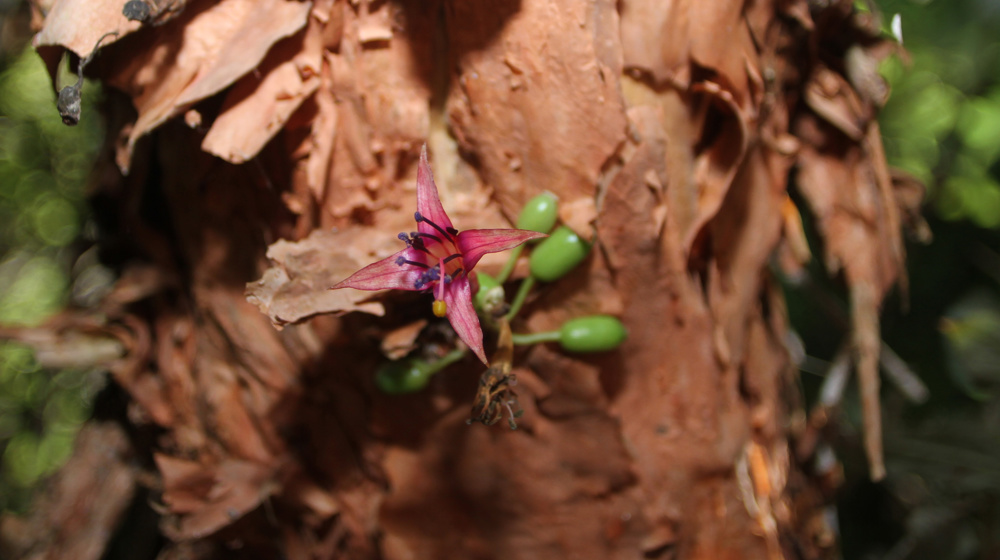
Plants
Otago is one of the most botanically diverse regions in Aotearoa New Zealand, with a high proportion of national flora found here.

